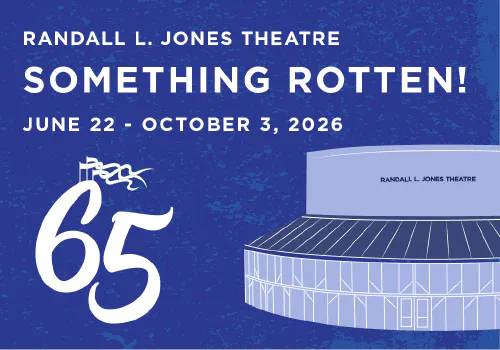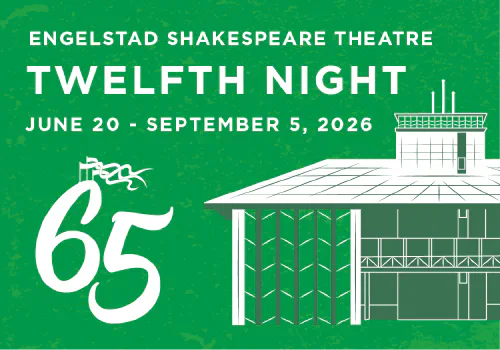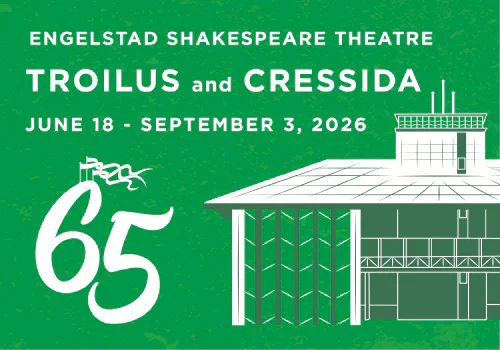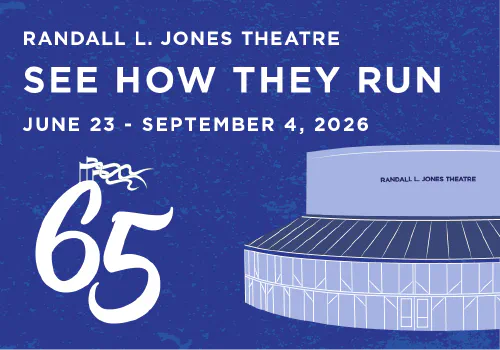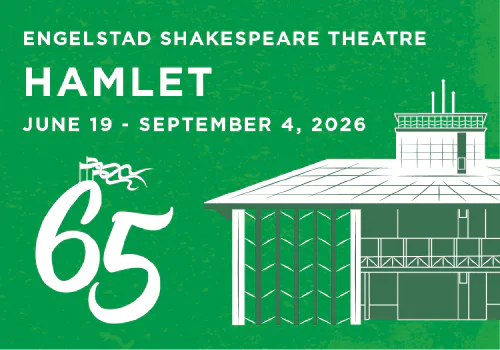By Jerry L. Crawford
Labeled in various ways, Cyrano de Bergerac has been called “heroic comedy” (by its author, no less), “romantic comedy,” and “tragicomedy,” among others. Yet, perhaps it is best to refer to it as a “romantic melodrama.” That it is romantic is indisputable. Also, theatre at its most truly theatrical is melodrama—elevated, intensified reality stretching into a world of fancy, improbability, and imagination. The play also personifies a lyric expression and exotic grandeur. It is a magic carpet to a world in which everyone delights in escaping. At its opening, 28 December 1897, Cyrano de Bergerac caused a furor of excitement not seen since 1830 when Victor Hugo’s romantic Hernani stirred major controversy. Yet, Rostand and his epic play did not stir up controversy; rather, audiences uniformly cheered Cyrano as a man who embodied the very essence of French nationalism, along with his own individualism. Rostand relied on a plot of unrequited love and the language of romantic lyricism to guide his audiences through one adventure after another, culminating in a classic scene in which idealism triumphs and the supremacy of love is assured forever. Yet, while Cyrano was universally popular and was translated at once into many languages, an unusual fact must be kept in mind: the play was in many ways anachronistic, existing out of its given time.
Cyrano de Bergerac was presented to the world in an age conditioned to realism and naturalism. Regardless, there was no dissenting voice to its success. The popularity of this play has never dimmed. Why? Perhaps because there is always a place in our imaginations and hearts for romance, poetry, moonlight, and dashing behavior. Further, the genius of Rostand rested in his ability to balance intellect and emotion, unite poetry and reality, and weld idealism with rationalism without destroying a synthesized theatre experience. His key device in reconciling these seeming opposites was to employ a serious form, but to offset it through self-criticism and laughter on the part of the central figure. Rostand’s finest characters always have a sense of humor. Cyrano, for instance, possesses far more than his great nose; he possesses the unusual capacity to recognize what is immutable in the human experience and simultaneously smile.
Regardless, Cyrano’s outlook is not superficial because all his reactions are thoroughly intellectualized—they may be launched from his heart, but they reach us from his marvellous mind. The content and structure of the play are much the same.
Detractors have long accused Rostand of imitating Hugo, of distorting facts (indeed, Cyrano is a kind of history play), of exaggerating emotions, of indulging in verbal pyrotechnics, and of being too personal and limited in style and scope. In other words, they accuse Rostand of being a romantic. His supporters, on the other hand, applaud his verbal virtuosity, lyrical dialogue, elevating idealism, wit, grace, gentle satire, and ability to manage feats of enviable theatricality. In other words, they champion him for being a romantic. That he is somewhat limited in comparison to, say, a Shakespeare (an inevitable comparison in Cedar City, Utah) must be conceded; yet, Rostand has not been excelled in the particular dramatic style that made him famous.
It may be that Edmond Rostand was a minor poet with one major work; yet, despite his failures and shortcomings, Rostand will live on because he has given to the theatre its first, quality romantic melodrama. Rostand has also given to a tedious, often drab world “the gesture of a Cyrano.” Cyrano de Bergerac: an anachronism that is always in vogue, always in line with our hearts. With tears in our eyes, but a smile on our lips, we bow to Cyrano’s grand “white plume.”



